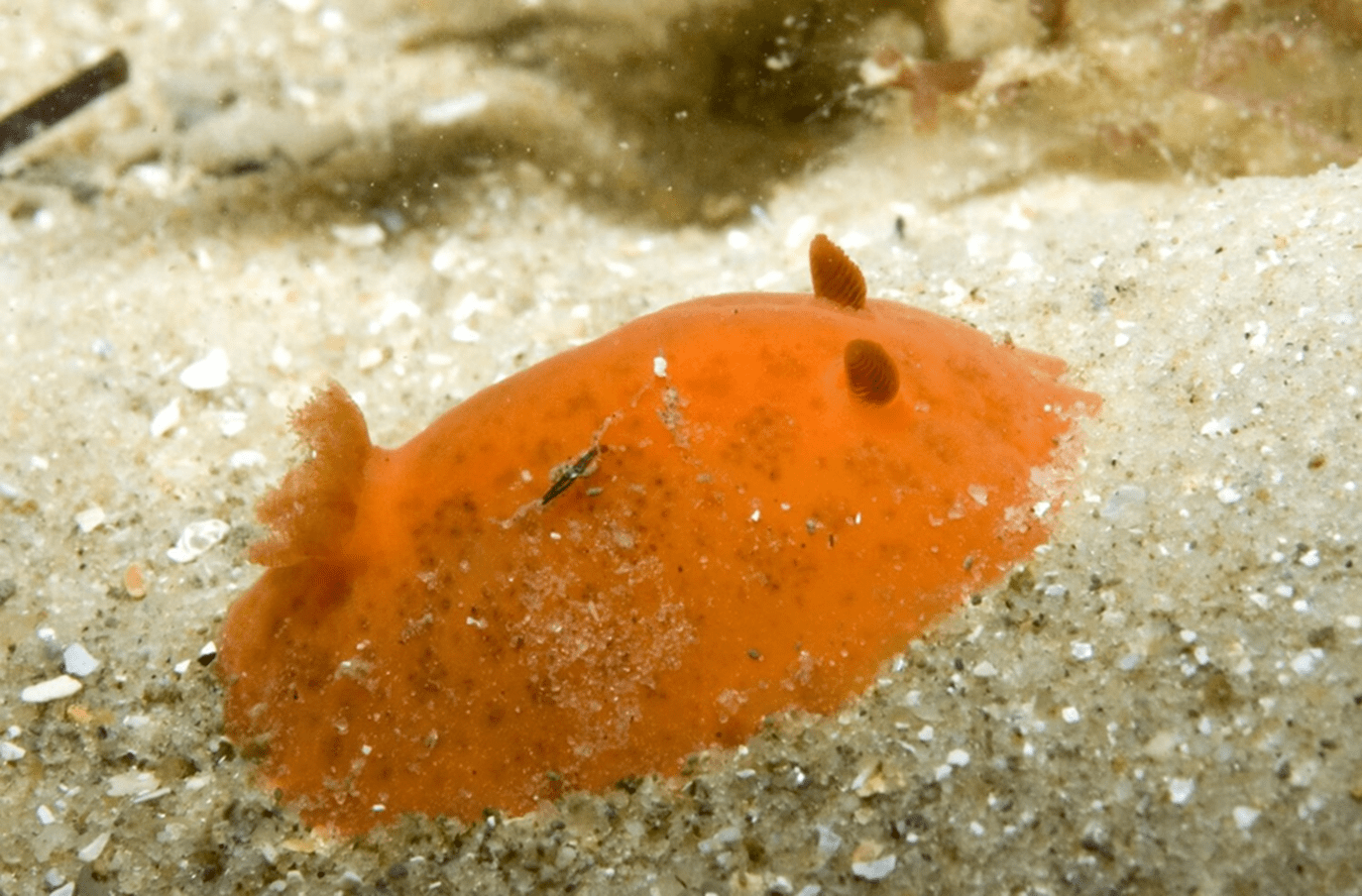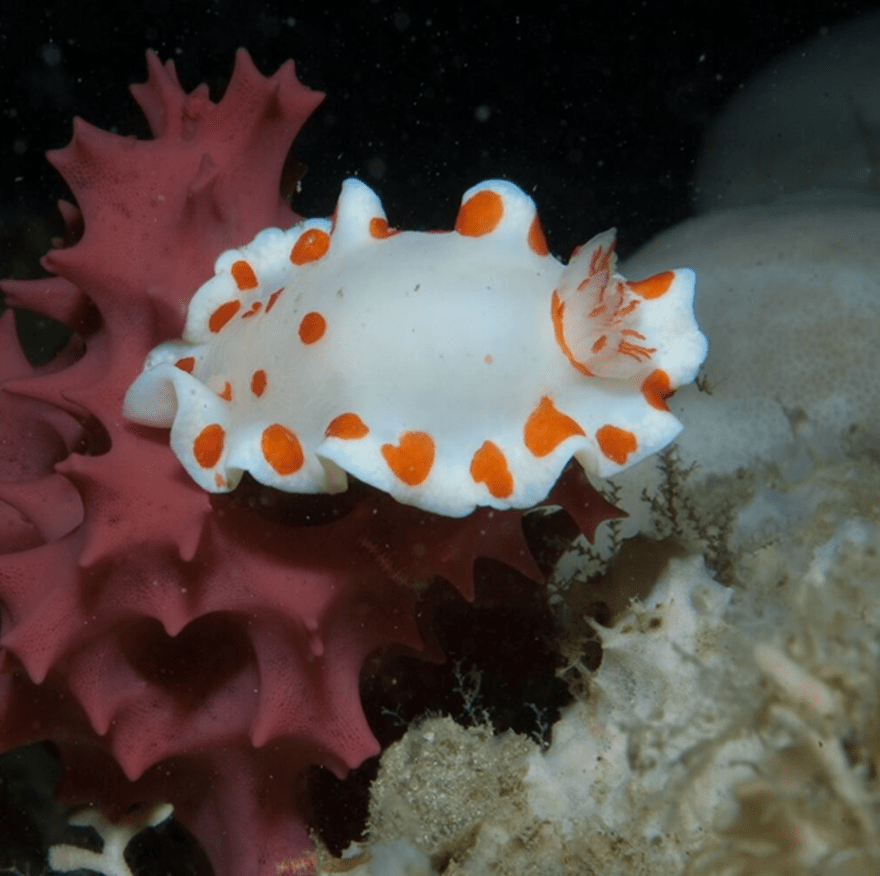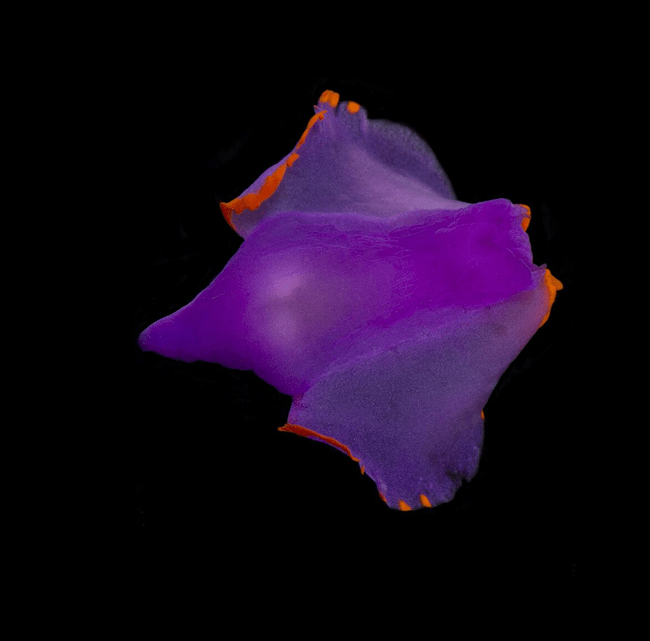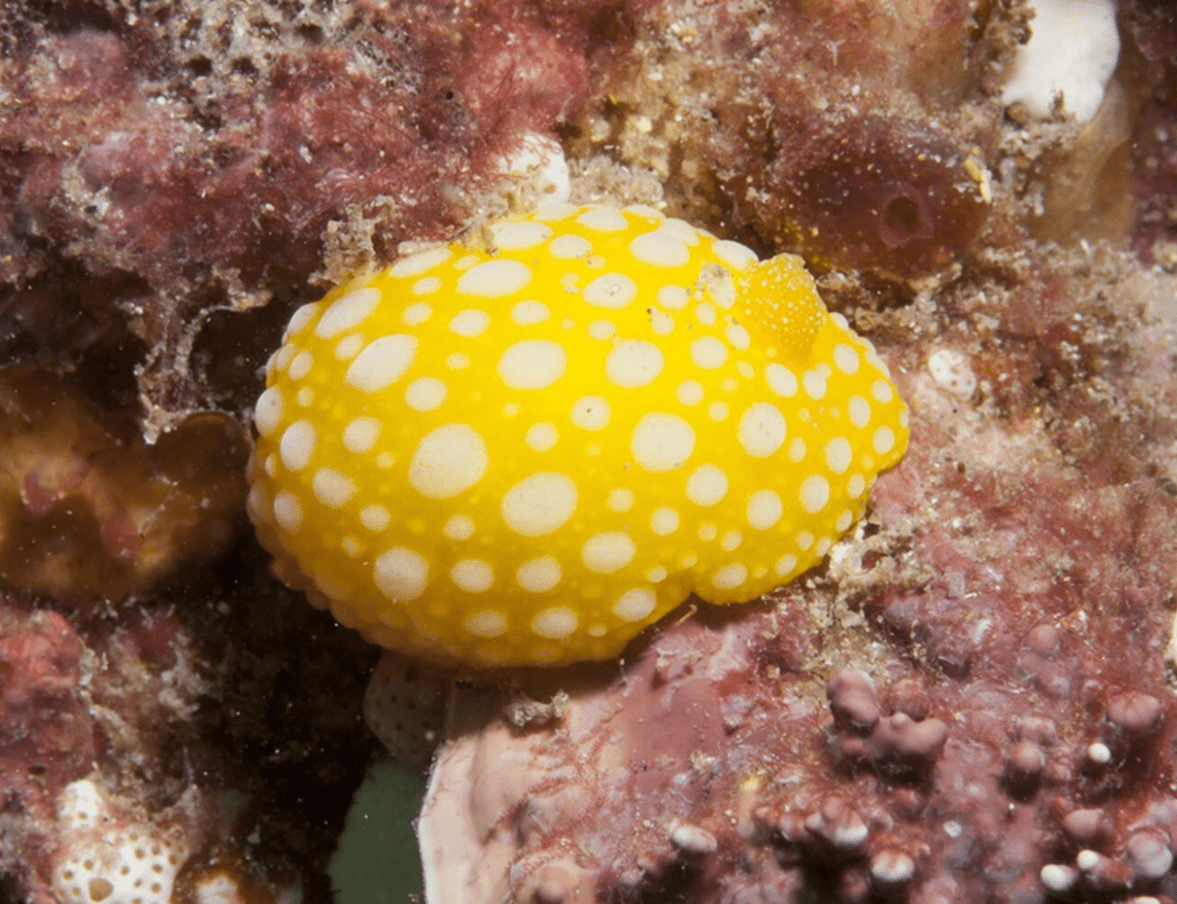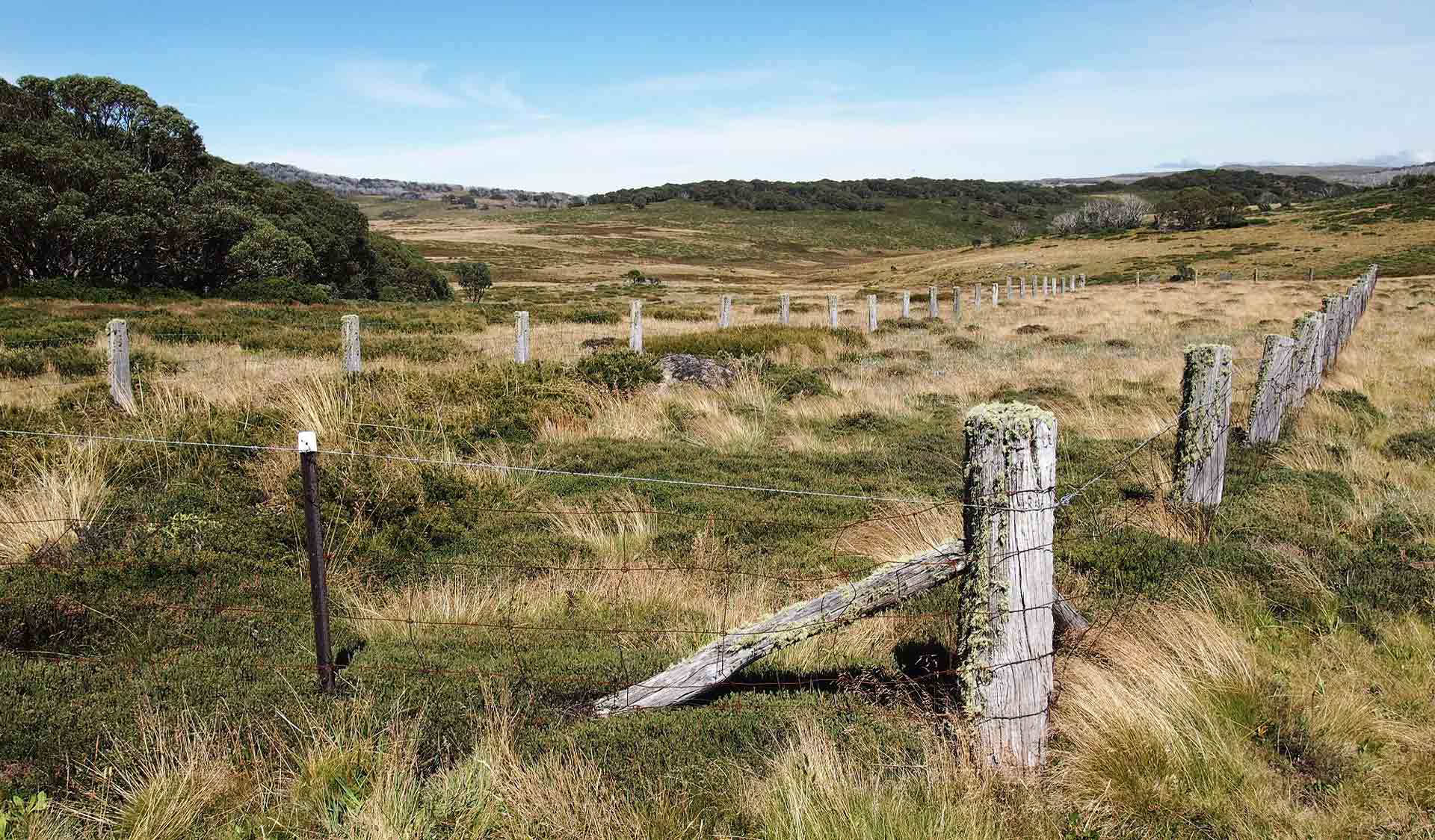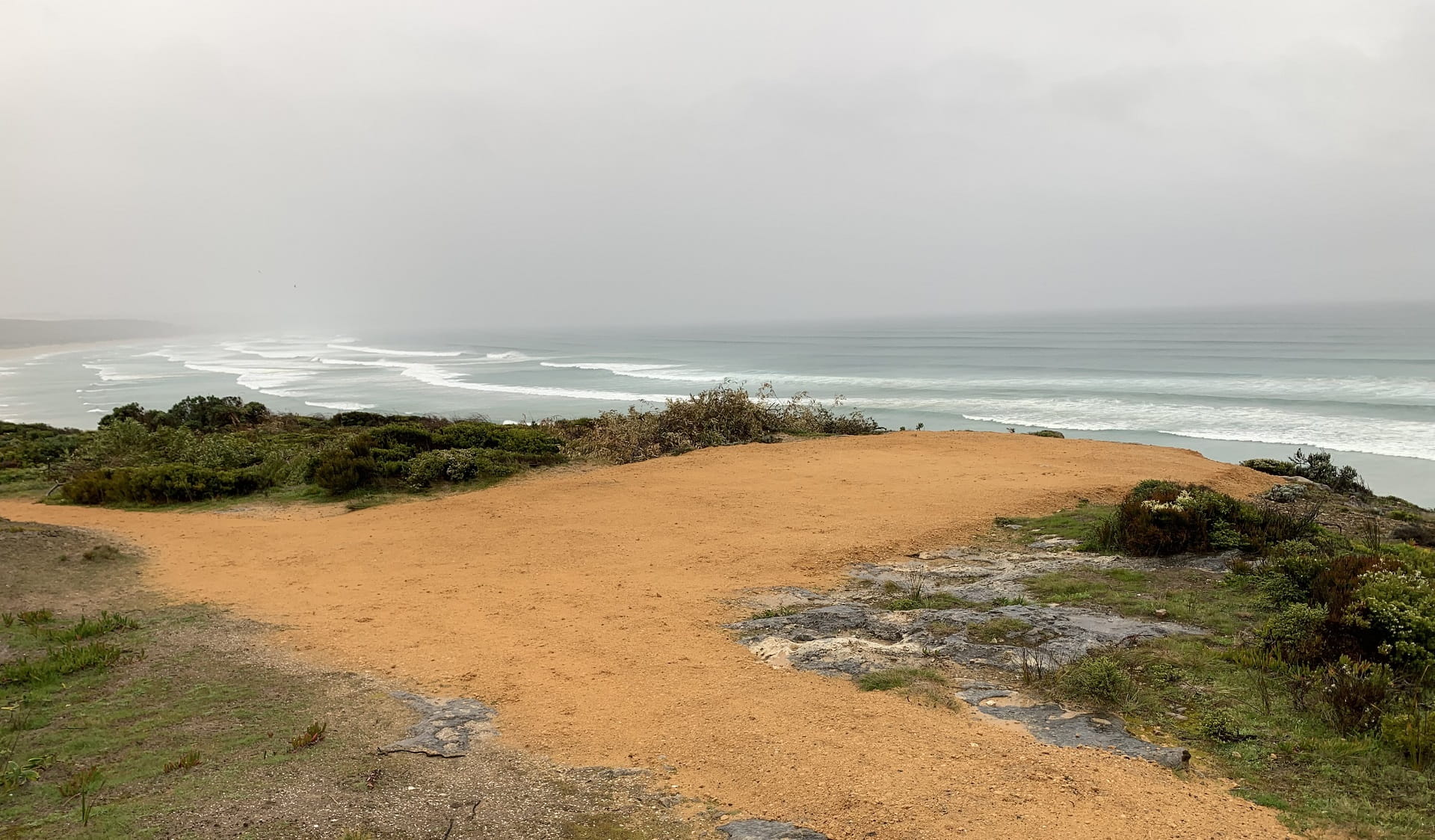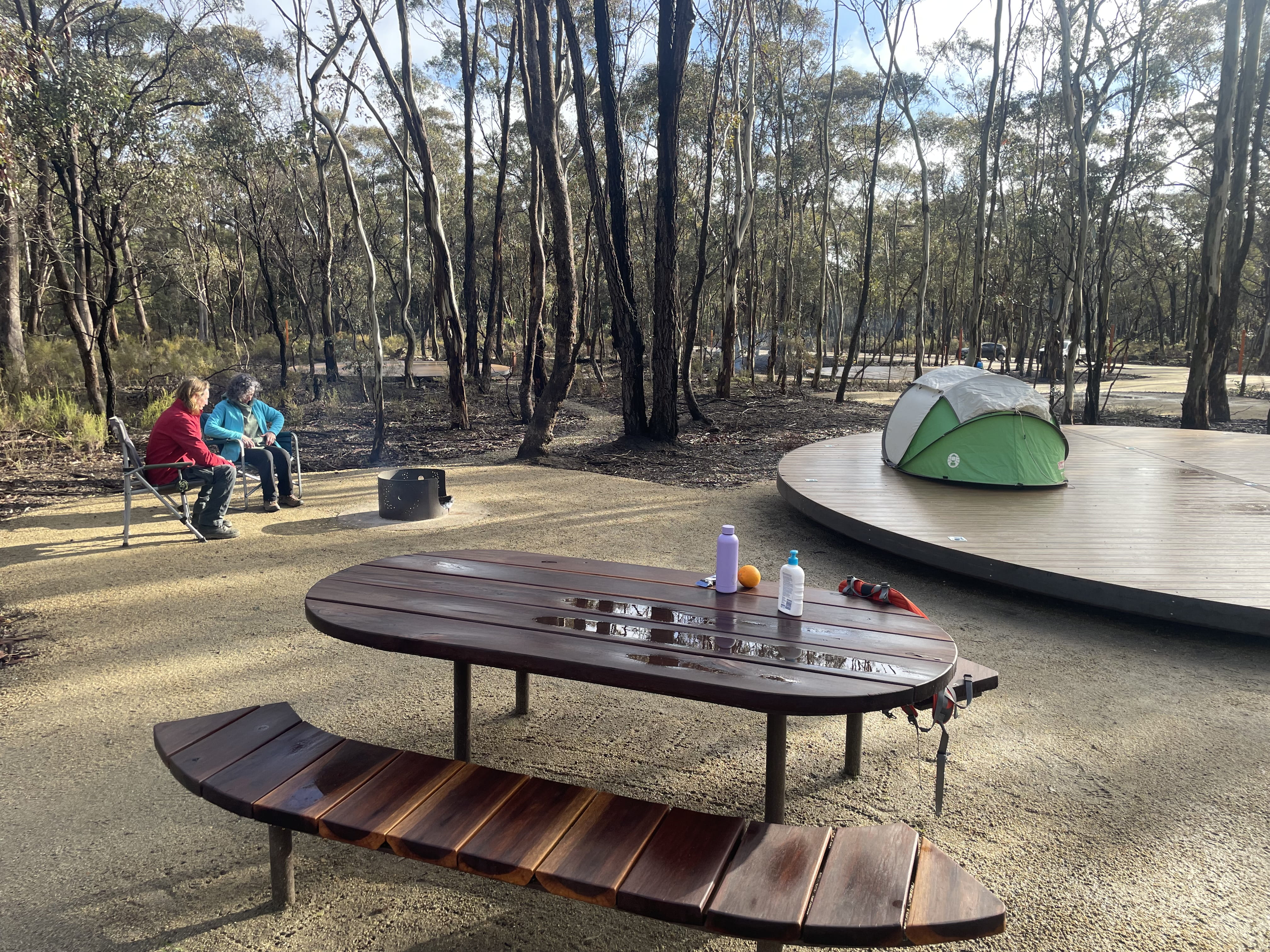Colorful collaborations: citizen scientists uncover spectacular sea slugs across Victoria
Monday 27 May, 2024
Key Points
• Sea slugs have evolved some of the most unusual colour patterns of any creature
• Citizen scientists are helping to catalogue and find new species of sea slug in Victoria
• This data, collected by volunteers, is showcasing many species moving southwards, due to climate change
You’ve never seen a slug like this before. Sea slugs are some of the most colourful organisms in the ocean, with a dazzling array of colours that defy belief. They belong to a broader group that include land-based snails but have evolved to live in saltwater.
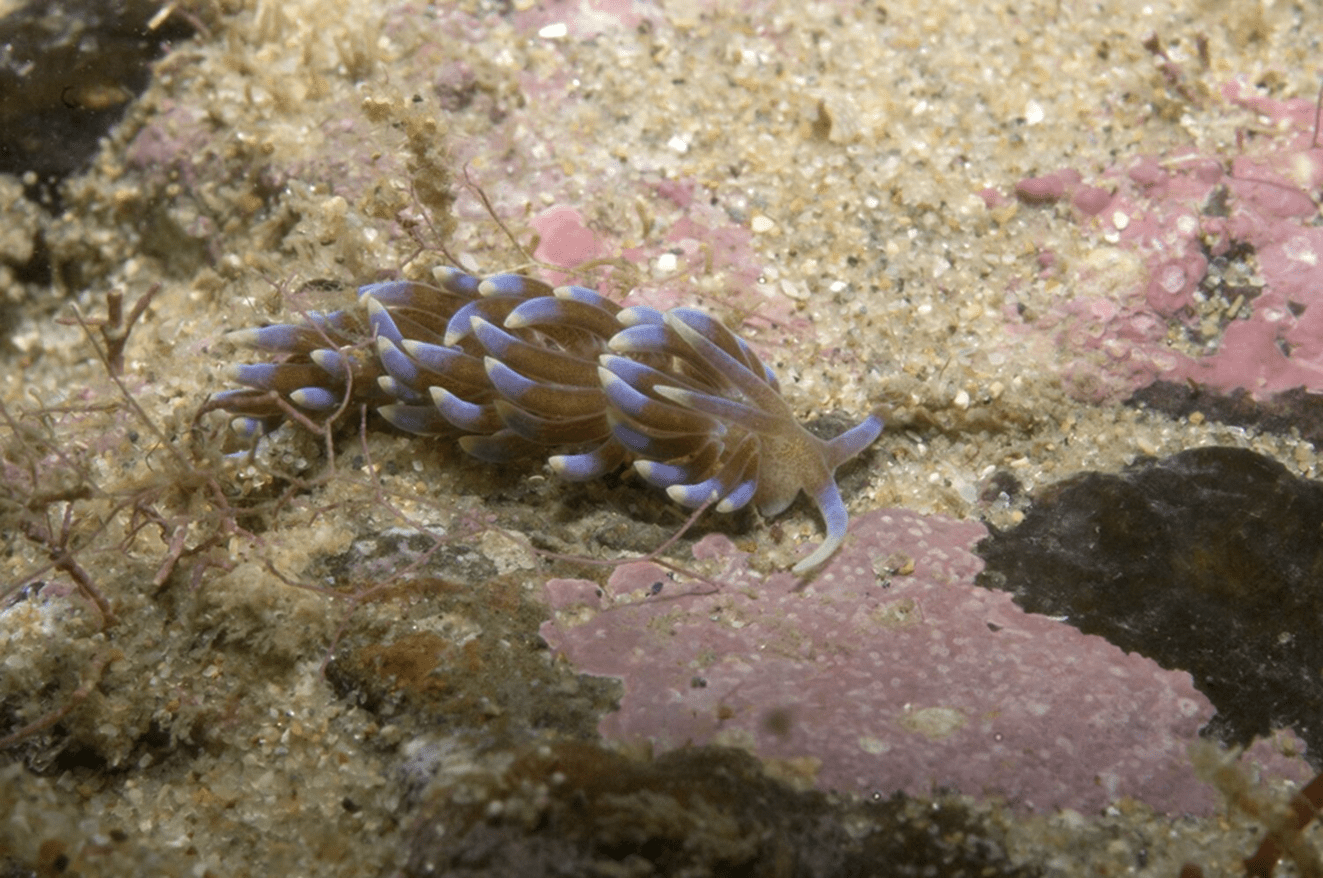
Most can be found within the first thirty metres of the water column and others can be found more than two kilometres below the water’s surface. They range in size; some species can fit on your thumbnail, others are bigger than your head. This near translucent nudibranch (Phyllodesmium macphersonae) is the size of a paper clip. image credit: Museums Victoria.
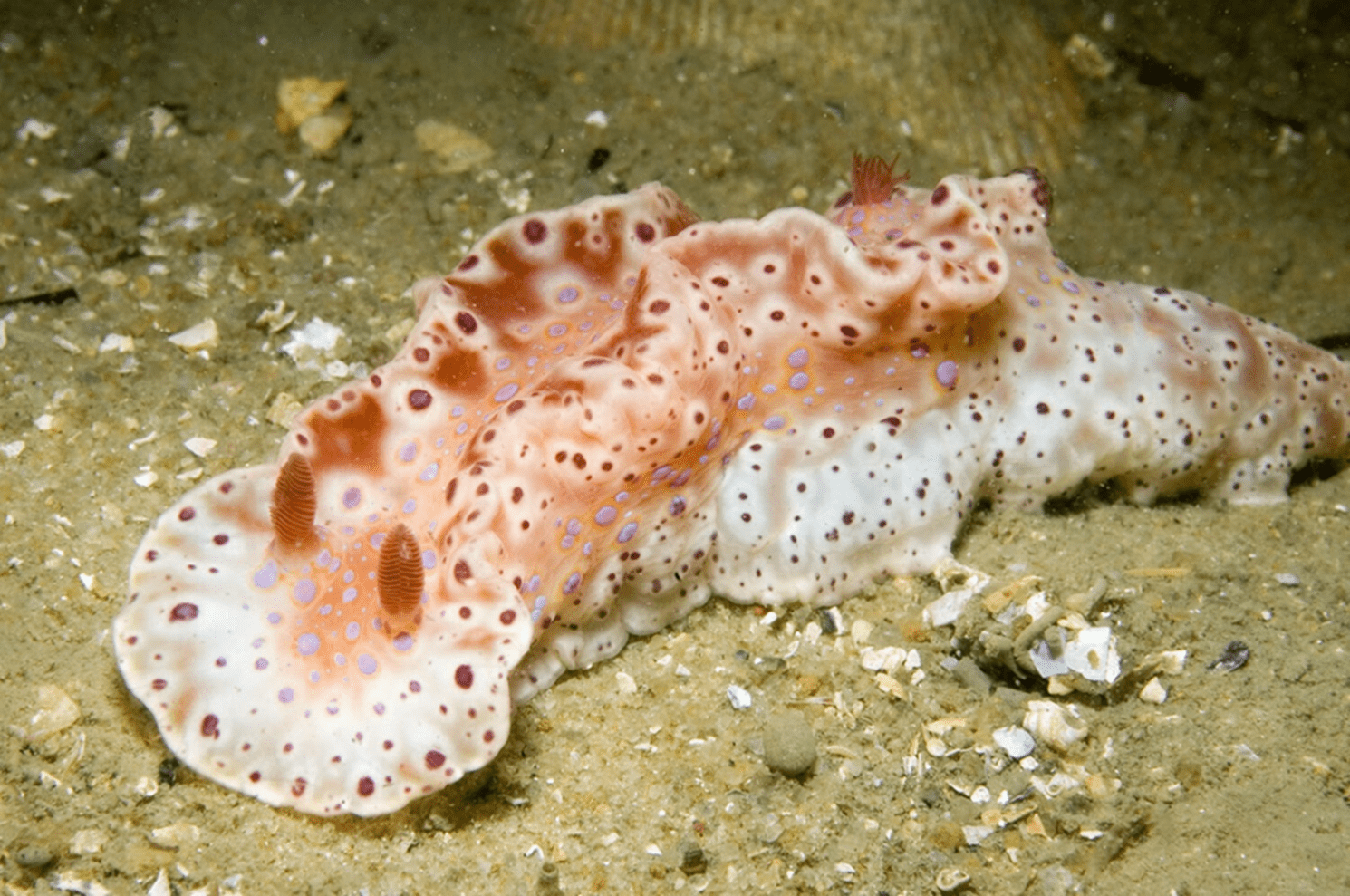
One diverse group, known as the nudibranchs, have lost their shell in their adult form. Instead, these slugs have colours that are intensely bright, as a warning signal to would-be predators. The Short-tailed sea slug, a type of nudibranch, is commonly seen in Port Phillip Bay, and can easily fit in the palm of your hand. Image credit: Museums Victoria.
Some can absorb the nematocysts (stinging cells) of whatever they eat (such as anemones) and can reconstitute these cells back into their body as a form of defense. Others may only rely on these bright colours.
Hundreds of species are known throughout Victoria and especially in marine protected areas. Monique Bregman is the Program Leader Marine and Coastal Programs at Parks Victoria and has worked extensively on these technicolor nudibranchs for the last four years.
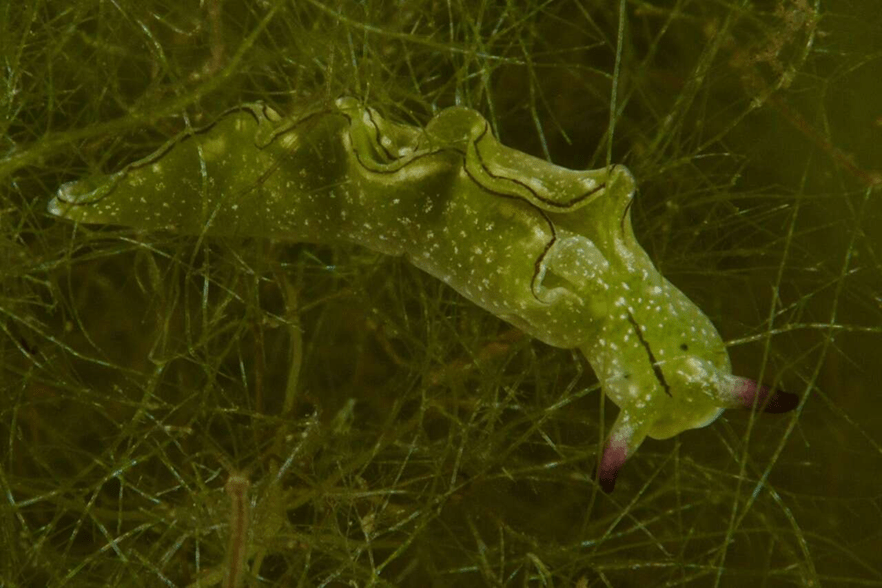
“There are a few species that have some superpowers”, she said. “Sap-sucking sea slugs can open algal cells when feeding, sucking up the cell contents which contains photosynthesising plastids. It then keeps these cells alive for several months. They can eat and be solar powered at the same time!” Image credit: Rebecca Lloyd, CC-BY-NC-4.0.
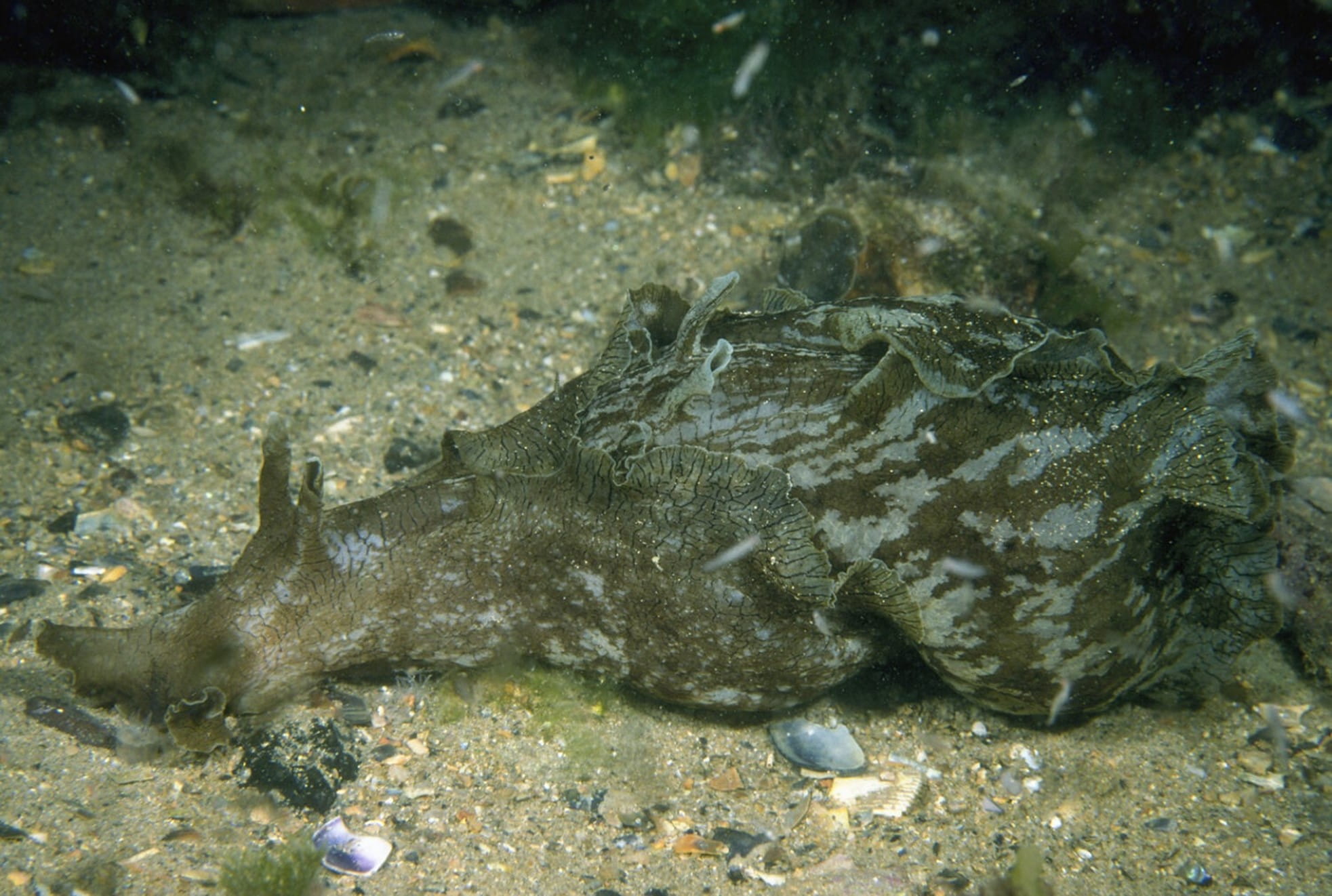
“The Sea Hare can release a defensive, purple-inky substance which is a powerful irritant to predators. They take up the pigments from the algae they graze on and are masters of camouflage.” They are closely related to the colourful nudibranchs (and still considered a sea slug) but have a remnant shell in their adult form. Image credit: Rudie Kuiter.
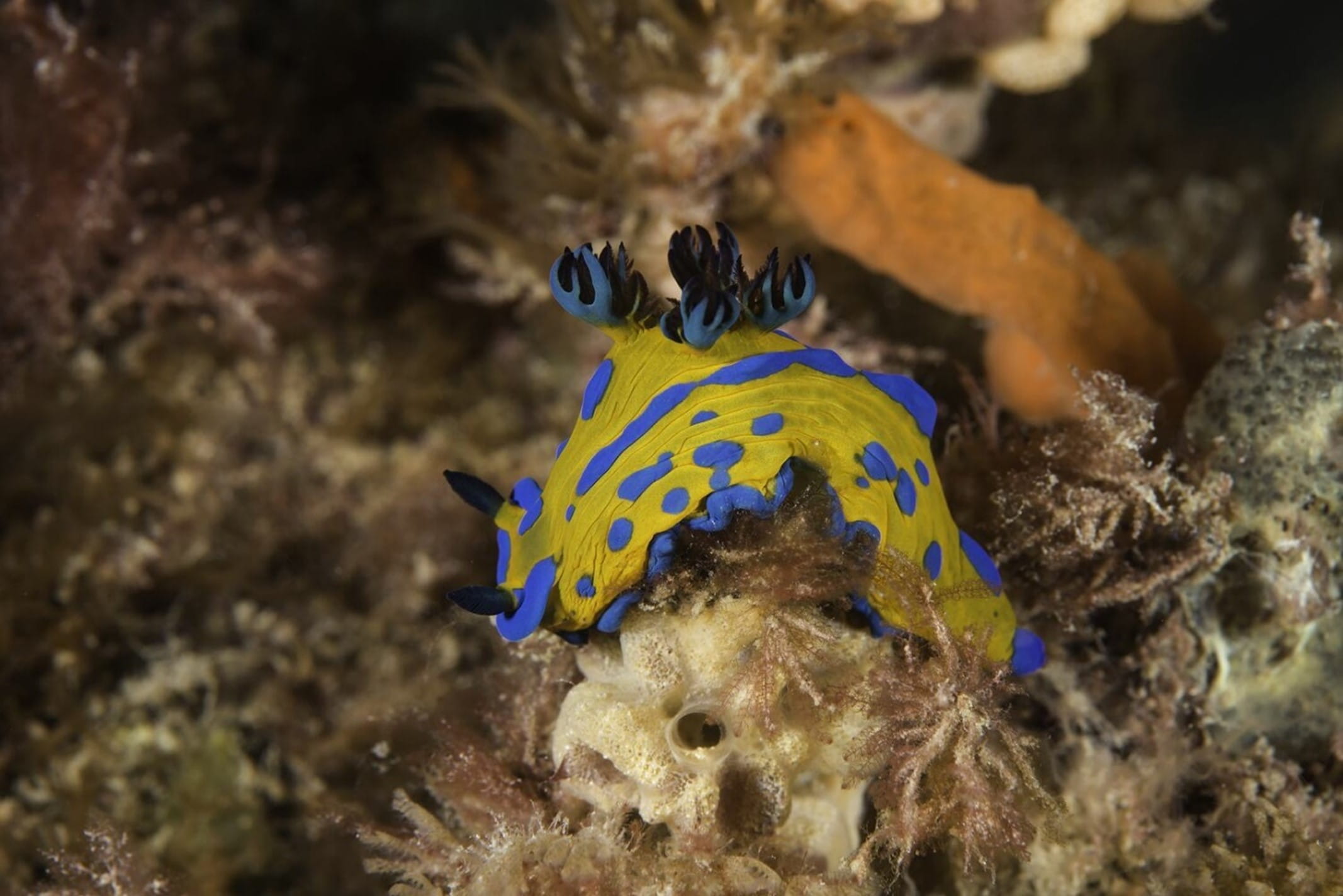
Would you eat something with “electric blue” and “highlighter yellow” patterns on its body? “Verco’s nudibranch has such striking colours. It’s very closely associated with its food source, a species of Blue-green bryozoan. If you can locate this bryozoan, you will be able to find a Verco’s,” Monique said. Image credit: Museums Victoria.
Introducing the Sea Slug Census
Monique has been working with the annual Sea Slug Census to catalogue their diversity. This census aims to record populations throughout Australia with the help of citizen science. “since 2018, more than 200 species have been recorded in Victoria, some of which are rarely seen or are new to science. On the intertidal platform at Point Lonsdale, over 100 species have been found,” Monique said.
Citizen science is important for understanding baselines. “When nudibranch species start turning up in areas they aren’t usually found, it can be used as an early indicator that currents are changing. These changes in distribution can only be known when there is a good level of baseline data. This is where citizen science is so important”.
What’s threatening these slugs?
There are several threats impacting Victorian nudibranchs, especially with the onset of climate change. “There is a southward shift of species as waters are warming. Sub-antarctic species may eventually run out of places to go as temperatures rise,” Monique remarked.
One of the biggest threats concerns their remnant shells. “Ocean acidification is influencing species with shells and is making their shells brittle and porous. All larval stages of nudibranchs have this shell, and they eventually lose it as they metamorphose into an adult. Ocean acidification will affect distributions if the shell cannot perform its function in protection and buoyancy.”
How important are volunteers to the census?
Volunteers are vital to this census. “Citizen science increases the reach of observations and helps spread the message about the marine environment amongst the community. It raises awareness of the wonderful species we have and shows how easy it is to immerse yourself in the marine environment,” Monique said.
How can you get involved?
Anyone can join iNaturalist and upload a photo. These images must be taken along the Victorian coastline during census times, which takes place for two weeks every season.
Here’s how you can participate in a sea slug census:
When: Dates are listed on the Victorian National Parks Association facebook group: Sea Slug Census
Where: Whether you’re snorkeling or exploring the intertidal zone, think like a slug and search for cooler, shady spots.
How: Capture photos of sea slugs and upload to iNaturalist.


